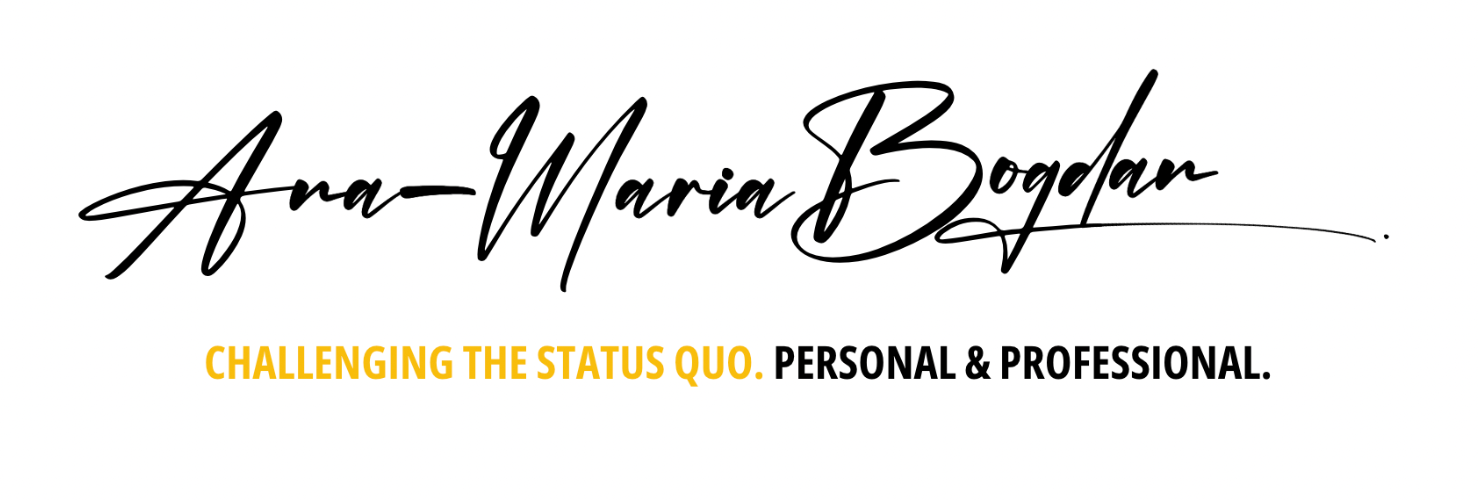The Romanian IA or La Blouse Roumaine as it came to be known has a long lasting love story with French painter Henri Matisse. This is their story …
Tag:
Romanian IA
-
-
June 24 of each year is the day when The International Day of IA is celebrated all over the globe. This story is about Iulia Gorneanu’s exquisite vintage Romanian IA collection.
-
This is a love story about my relatives who love La Blouse Roumaine aka the traditional IA. They loved it so much they wore these traditional costumes on their wedding …
-
Do not let yourself mislead by the word IA! This time I’m not writing about information architecture. This time is about the Romanian IA, the traditional blouse wore by our …


